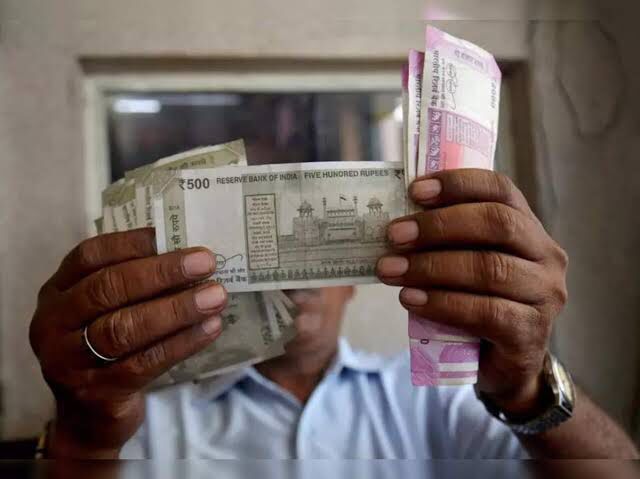Indian Rupee Falls to Record Low as Outflows, Trade Uncertainty, and RBI Retreat Weigh on Markets

New Delhi | November 21, 2025 The Indian rupee slipped to a historic low on Thursday, marking one of its sharpest declines in recent months. The fall was driven by a combination of foreign portfolio outflows, uncertainty surrounding India’s ongoing trade discussions with the United States, and a notable shift in the Reserve Bank of India’s (RBI) approach to defending the currency at crucial levels. According to market observers, foreign investors have been steadily pulling out of Indian equities and bonds, putting additional pressure on the already-weakened rupee. These outflows accelerated after concerns emerged over delays and disagreements in the Indo-U.S. trade negotiations, which were expected to bring significant benefits to Indian exporters and technology firms. Without clarity on tariff structures, market access, and regulatory frameworks, investors have begun taking risk-off positions, reducing exposure to emerging markets like India. Another significant factor deepening the rupee’s struggle was the RBI’s apparent decision to step back from aggressively defending what traders consider a key psychological level. For months, the central bank had intervened to prevent extreme volatility, selling dollars from its reserves to stabilize the currency. However, in recent sessions, traders reported noticeably lower intervention by the central bank. This allowed market forces to push the rupee further down, triggering stop-loss orders and adding more pressure. Economists argue that the RBI’s retreat may not be a sign of weakness, but rather a calculated move. Defending the rupee indefinitely drains foreign exchange reserves, which India may want to preserve amid global uncertainties—especially with U.S. interest rates staying high and geopolitical tensions still influencing commodity markets. The falling rupee has mixed implications for the economy. On one hand, a weaker currency increases the cost of oil imports, electronic goods, industrial components, and overseas borrowing—potentially widening the fiscal deficit and raising inflation concerns. Higher import costs can also trickle down to everyday prices for households, adding stress to consumers who are already facing rising costs. On the other hand, exporters—especially in software services, textiles, and pharmaceuticals—stand to gain as they receive higher returns in rupee terms. However, experts caution that these benefits may not fully materialize if global demand remains sluggish or if trade uncertainties persist. Business leaders and economists agree that the currency’s trajectory will largely depend on three key factors in the coming weeks: clarity on U.S.–India trade agreements, decisions from the U.S. Federal Reserve regarding interest rates, and the RBI’s willingness to re-enter the market if volatility spikes. For now, the rupee’s record low serves as a reminder of how quickly global financial conditions can shift. As India navigates foreign investor sentiment, complex trade negotiations, and inflation pressures at home, policymakers face the challenge of balancing stability with long-term economic strategy. The markets, meanwhile, are bracing for more turbulence—watching closely for India’s next move Indian Rupee Falls to Record Low as Outflows and Trade Uncertainty Mount The Indian rupee slid to an all-time low on Thursday, weighed down by foreign portfolio outflows, uncertainty around India’s trade talks with the United States, and a noticeable pullback by the Reserve Bank of India (RBI) from defending the currency. Foreign investors have been withdrawing money from Indian markets in recent weeks, signalling rising risk aversion. With no clear progress in the Indo-U.S. trade deal—especially on tariffs and tech-sector access—investors are choosing safer markets, putting added pressure on the rupee. Traders also noticed that the RBI, which had been actively selling dollars to prevent sharp falls, appeared less aggressive this time. Without the central bank’s strong intervention, the rupee slipped past a key psychological level, triggering further losses. A weaker rupee makes imports like oil and electronics more expensive, raising inflation concerns for households and businesses. However, exporters benefit as they earn more in rupee terms—though global demand remains a limiting factor. Analysts say the rupee’s next moves will depend on U.S.–India trade developments, foreign investor sentiment, and whether the RBI steps in again to calm volatility.




